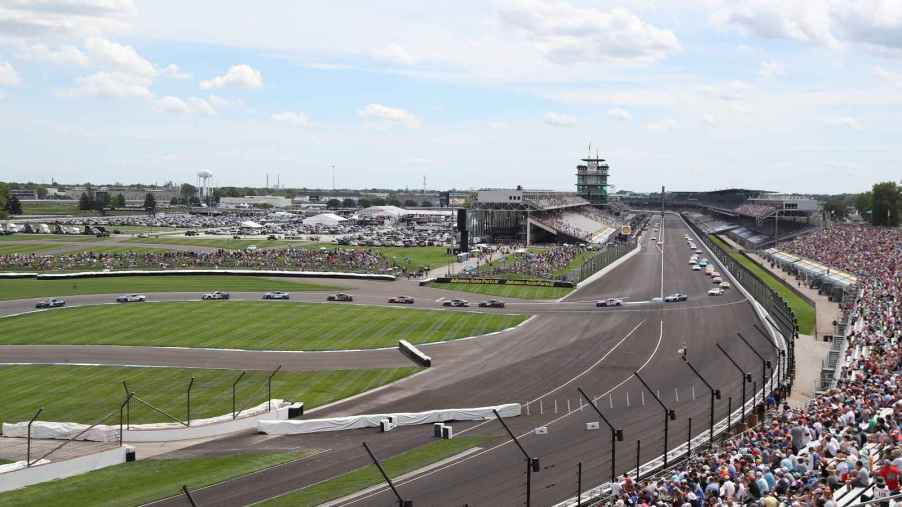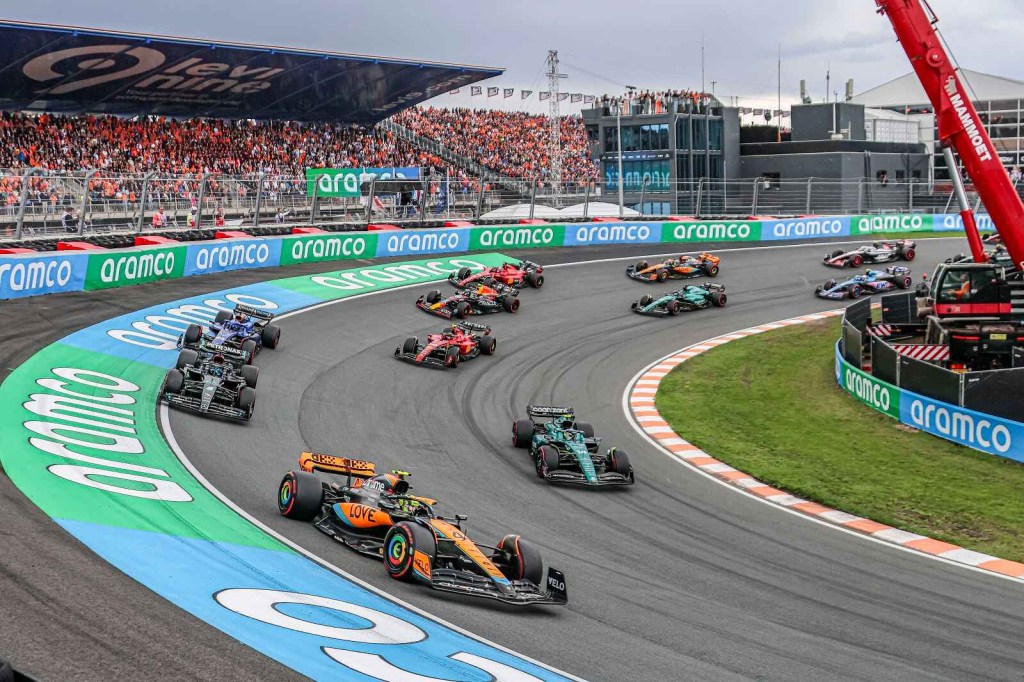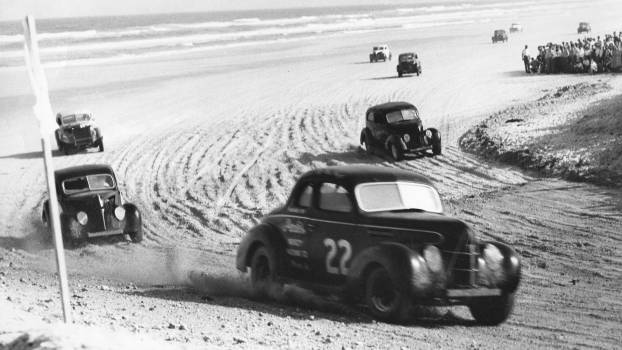
What Kind of Material Is a Race Track Made Of?
Race tracks play a pivotal role in the world of motorsports, hosting high-speed competitions like NASCAR and Formula 1 (F1). The material used to construct these tracks is crucial for ensuring safety, performance, and durability. In this article, we’ll explore how NASCAR and F1 race tracks are built, delve into the materials they are made of, and discuss variations based on location, climate, track type, and race requirements.
How is a NASCAR or F1 race track built?

Race track construction is a complex process involving meticulous planning, engineering, and construction. Both NASCAR and F1 tracks share some common elements in their construction but also have unique features that set them apart.
NASCAR tracks are often oval in shape, with banking in the turns. The construction typically begins with excavating the ground, creating a stable base, and then adding layers of materials to form the racing surface. NASCAR tracks are known for using concrete or asphalt as their primary materials.
Formula 1 tracks, on the other hand, are usually road courses with twists, turns, and varying elevations. They often include a combination of straightaways, chicanes, and hairpin turns. F1 track construction involves careful grading, paving, and the incorporation of safety features like runoff areas and tire barriers.
What are motorsports race tracks made out of?
NASCAR race tracks are mostly made of three simple materials: asphalt, concrete, and dirt. Concrete and asphalt each have its own set of advantages and disadvantages.
Concrete
Pros:
- Durability: Concrete is highly durable and can withstand the heavy loads and high-speed racing conditions of motorsports.
- Minimal Maintenance: Concrete tracks require less maintenance than asphalt tracks, reducing downtime.
- Consistency: Concrete offers a consistent surface, which can be crucial for racing.
Cons:
- Cost: Initial construction costs for concrete tracks tend to be higher than asphalt.
- Limited Grip: Concrete surfaces may have less grip compared to asphalt, which can affect racing dynamics.
Asphalt
Pros:
- Lower Initial Cost: Asphalt tracks are often more cost-effective to build initially.
- Grip: Asphalt provides excellent grip, allowing for fast and exciting racing.
- Resurfacing: Asphalt tracks can be resurfaced more easily when wear and tear occur.
Cons:
- Maintenance: Asphalt tracks require regular maintenance, including resurfacing, to maintain their quality.
- Environmental Impact: The production of asphalt can have a more significant environmental footprint compared to concrete.
Are all race tracks made of the same materials?
No, race tracks are not all made of the same materials. The choice of material, composite, and percentage can vary depending on various factors, including the track’s location, climate, type, and expected usage.
For instance, tracks in warmer climates may prefer asphalt, while those in colder regions may opt for concrete due to its frost resistance. Extreme weather conditions, such as heavy rainfall or heat, can influence material selection and track design to ensure safety and longevity. The layout and design of the track, whether it’s an oval or road course, can impact the choice of materials and construction techniques.
The expected number of racers and the type of vehicles used can also influence material choices. Heavy stock cars in NASCAR may require a more robust surface than the lighter Formula 1 cars.





